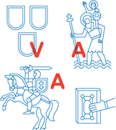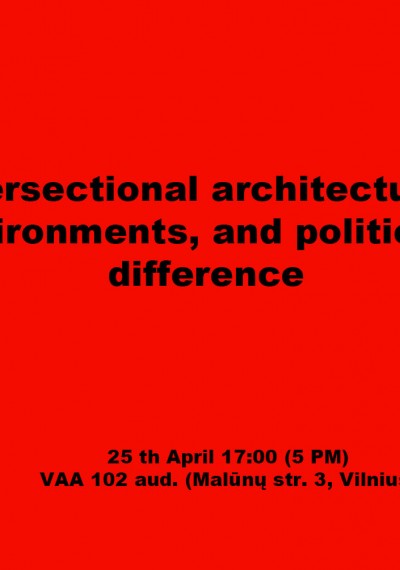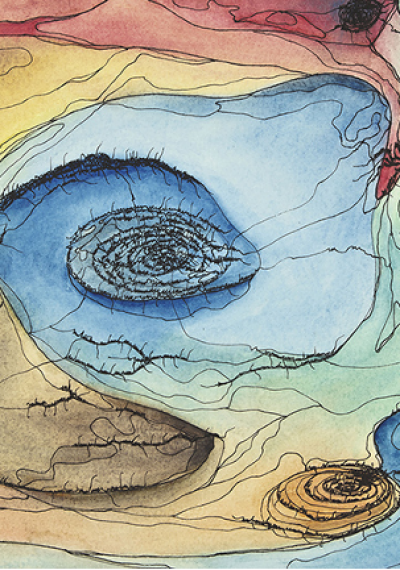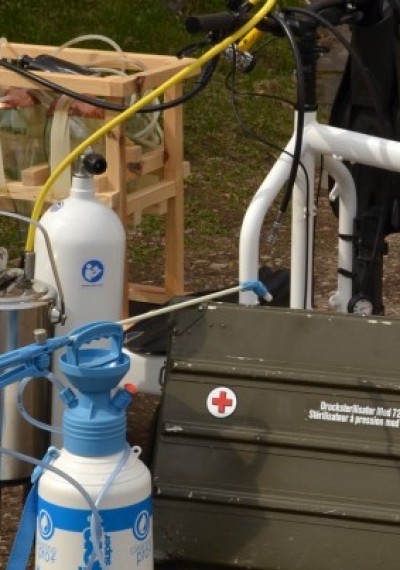Four Lithuanian designers from Vilnius Academy of Arts are experimenting with new materials from algae, food waste, eggshells, glaze from the ashes of a power plant and unsorted glass waste. From 22d to 30th of October the designers - Ieva Laskeviciute, Austeja Platukyte, Airidas Skublickas and Rokas Dovydenas will exhibit their work as a part of Dutch Design Week at Yksi Expo platform, Eindhoven. The materials research is a part of InoAcademy, a project to strengthen entrepreneurship.
InoAcademy
The project InoAcademy presents works created by young design entrepreneurs from Vilnius Academy of Arts in Lithuania. The aim of the project is to significantly strengthen the entrepreneurship culture at the education institution, involve researchers, and prepare R&D products for commercialization.
Complex reconstruction system for furnace tiles by Rokas Dovydėnas
This complex system for reconstruction/development of unique tile designs uses 3D ceramic printing. The technology would allow makers to abandon traditional practices of matrix production, storage and modeling by hand, thus saving all kinds of resources and reducing the cost of the final product. The innovation would help to simplify and personalize the product, making it one of a kind.
Product customization is a challenge in today's tile production, because in traditional practices, the choice is limited by the palette of available matrixes. However, when the 3D ceramic printer is used, it can easily personalize the entire oven - not only choose its colors, as before, but also customize its shape, size, and volume. The method is sustainable and ecological, allowing both to reconstruct old ceramic tiles and to design new ones.
Cinivitro by Airidas Skublickas
Cinivitro is an experimental material made of cogeneration plant slag and unsorted glass waste. There is a huge potential to use it for mass production – from protective coatings for surfaces, such as enamels for metal or glaze for ceramics, as well as to produce ceramic masses.
Jewellery collection Reloaded by Ieva Laskeviciute
The jewellery collection analyses the relation between carbonate-class minerals calcite, aragonite, dolomite and hen eggshells. The chemical composition of these minerals almost perfectly matches that of eggshells found in most household environments. The eggshell is composed almost entirely of calcium and magnesium carbonates, and the chemical composition of the selected carbonate-class minerals is dominated by this particular inorganic salt. Jewellery is made with these new eco-friendly and aesthetically pleasing stones that promote zero-waste policy and thus become a substitute for precious stones in jewellery and design.
Biodegradable algae-based foam packaging by Austeja Platukyte
Today we face a huge problem of synthetic material waste, because disposable or short - term products are made from durable materials. This also creates large economic losses due to raw and non - recyclable resources.
Using the special material processing method, a bio-foam material has been created that can be used for a new type of biodegradable packaging products. Algae-based packaging prototypes aim to at least partially reduce environmental pollution with solid waste - the material is completely organic and compostable, because it is made of only natural ingredients. Even if this packaging has been discarded as waste, due to natural processes and micro-organisms it will again become a part of nature.
The extraction of the resources required for the production of the packaging does not compete with inhabited and cultivated land areas, which are very important for the cultivation of food resources. The primary binding material for bio-foam packaging is derived exclusively from renewable marine and oceanic resources and algal waste in coastal regions.
By using the product together with the biodegradable algae-based packaging, the consumer would not feel guilty about global environmental pollution, so this product improves the psychological health of consumers, thus creating additional emotional and psychological value and reducing the environmental impact of solid waste pollution.















